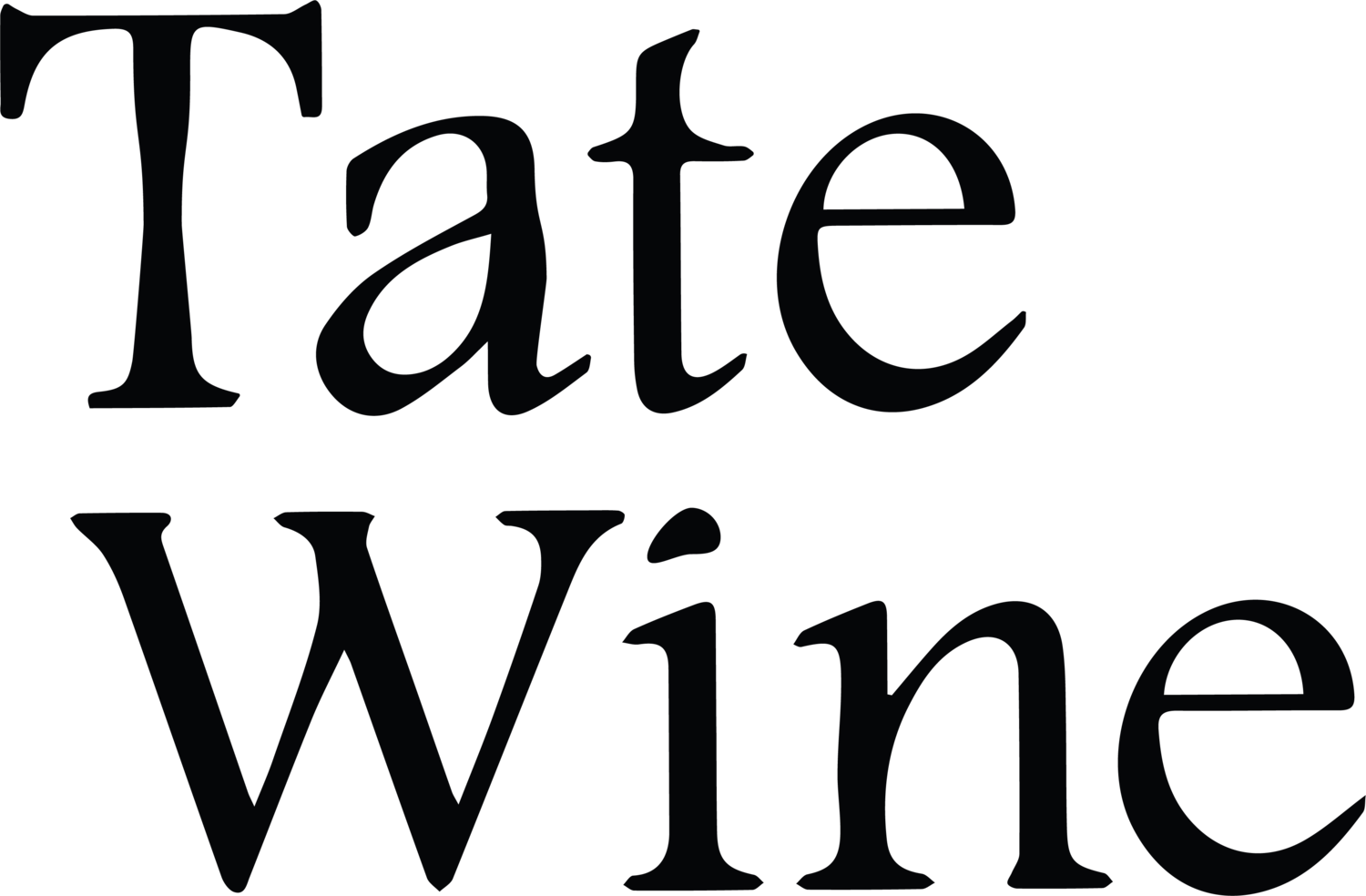OUR APPROACH WITH ORIGIN OF NOW
The Origin Of Now journey started with the guidance of no rules and no compromise. To understand how a wine of this calibre is set apart, it is best to learn from our Director of Winemaking herself, Frederique.
Frederique describes her approach as ‘Field selection of fruit, vine by vine, and human driven, not a whole lot of science, mostly organoleptic’. In Franklin and Frederique’s initial conversation, she asked about his wine preferences and styles he had hoped to create. Franklin was quite specific on the styles he liked, wine he had in his cellar and what he aspired to emulate.
To understand Frederique’s winemaking process, is to recognise that she an artist in her approach and creativity. As Frank is describing his aspired wine qualities, Frederique’s mind begins to compose these wines from specific vineyards, blocks, rows, and exceptional grapes she had access to.
Throughout her career in Margaret River, she was sure she hadn’t necessarily seen fruit like this, incredible pockets, that were outstanding for this type of project. Frederique and Beau worked exceptionally well together identifying the best pockets of fruit in every vineyard and block. Then Frederique begins the process by walking through each identified block, row by row and tasting the grapes. It is only when Frederique and the winemaking team have that ‘ah huh’ moment between the vines, that the area is marked as a possible area of fruit selection.
Human selection then takes place with wine makers going through the vines every week leading up to harvest. The grapes are sampled and observed, as micro-climates develop, altering the quality and style meters apart. With this approach you can understand what areas are producing the highest of quality and Frederique begins to grasp the style of the wine they can produce. Closer to harvest, Frederique flags the exact, highest quality fruit areas with rope. The flagging tab at the beginning indicates where to start picking, and another flag indicates where to stop, in the end the selection ends up forming like an amoeba shape. In addition, when the hand-pickers come, and pick within the flagged amoeba shapes, they visually select only the perfect clusters, anything below perfect will be left behind.
When preparing the final touches of these wines, we chose to step back to our roots once again and place our wines under cork. We knew wines of this calibre needed a closure that respects their quality. A cork closure allows long aging with small oxygen ingress, making this wine well suited for long cellaring. Due to the living nature of this wine, sediments and crystals may be present and decanting is recommended.




